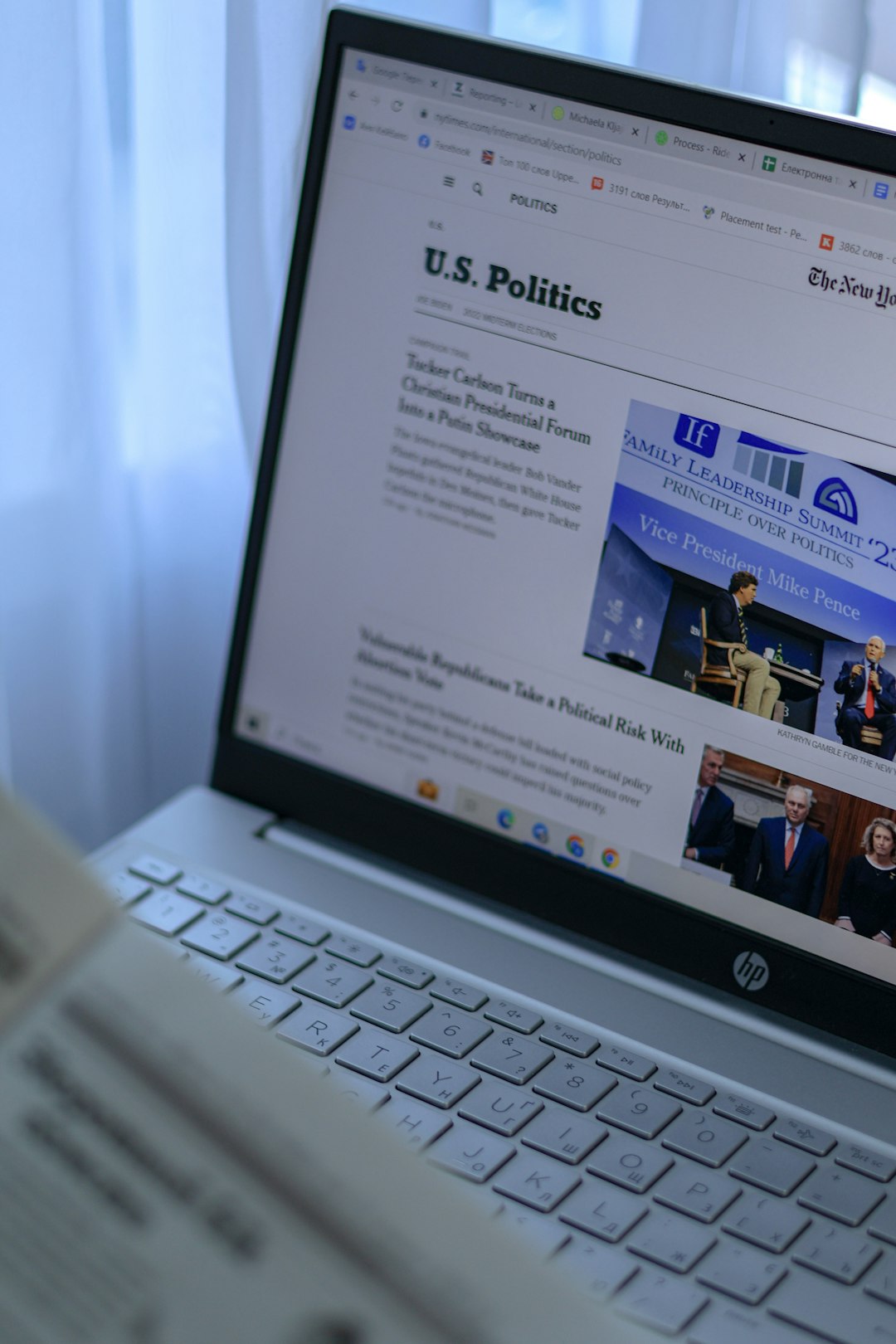Website copy is one of the most powerful tools a business has to communicate its value, engage its audience, and convert visitors into loyal customers. Yet, many businesses unintentionally undermine their online credibility and effectiveness by making fundamental copywriting mistakes. Whether it’s unclear messaging, poor structure, or a lack of calls to action, these errors can severely affect a site’s performance.
1. Unclear Value Proposition
One of the most critical mistakes is not clearly stating what your business offers and why it’s valuable. When visitors land on your homepage or landing page, they should instantly understand what you do and how it benefits them.
How to fix it: Craft a concise and compelling value proposition and place it at the top of your homepage. Use language your target audience understands and ensure it speaks directly to their needs.
Example: Instead of saying “Innovative tech solutions for your business,” specify what you offer: “Custom software that automates your workflow and saves you up to 20 hours per week.”

2. Writing for Everyone, and Reaching No One
Trying to appeal to a broad audience often results in vague and ineffective copy. Specificity resonates more than generality. Your content should speak directly to your ideal customer persona.
How to fix it:
- Use customer data to define your target audience.
- Craft messaging that addresses their specific challenges and goals.
- Use the words and phrases your audience uses to describe their pain points and desired outcomes.
3. Too Much Jargon or Industry Speak
Another common issue is using technical language or internal terminology that your audience doesn’t understand. This creates a disconnect and makes it harder for users to engage with your content.
How to fix it: Write as if you’re explaining your offering to a friend outside your industry. Use simple, clear language that conveys your expertise without alienating your audience.
4. Lack of Clear Calls to Action (CTAs)
A surprising number of websites fail to tell visitors what to do next. Whether it’s signing up for a newsletter, downloading a guide, or requesting a quote, your CTAs should be visible, direct, and compelling.
How to fix it:
- Use action-oriented language (e.g., “Download the Free Guide,” “Book Your Consultation”).
- Position CTAs strategically across pages—not just in the footer.
- Limit to one main CTA per page to avoid overwhelming the user.

5. Too Much Focus on Features, Not Benefits
Web copy often lists product or service features in detail but neglects to explain how they benefit the user. People don’t buy products; they buy outcomes that improve their lives or work.
How to fix it: Translate your features into real-world benefits. Ask yourself: “So what?” after each feature. Then write the answer.
Feature: “24/7 customer support”
Benefit: “Get help whenever you need it—day or night—so your business never misses a beat.”
6. Weak or Inconsistent Tone of Voice
Your website should have a consistent tone that reflects your brand identity—whether it’s professional, friendly, bold, or empathetic. Switching tones between pages confuses readers and dilutes your message.
How to fix it: Develop a content style guide and stick to it. Make sure all copy aligns with your desired tone and speaks in the same voice from page to page.
7. Overlooking Proof Elements
Copy that makes bold claims without evidence can come off as untrustworthy. Today’s online users are skeptical and want proof before they commit to anything.
How to fix it: Use social proof such as testimonials, case studies, certifications, statistics, media features, and client logos to reinforce credibility.
- Include client quotes with names and photos where possible.
- Showcase trust badges or security certifications, especially on e-commerce pages.
- Highlight awards or recognitions.

In Conclusion
Effective website copywriting is more than just good grammar and attractive words. It’s about addressing the right audience with clarity, purpose, and direction. By avoiding these common pitfalls—and applying these corrections—you not only improve engagement but also build trust and drive conversions.
Remember: Your website is a 24/7 salesperson. Make sure it’s saying the right things, to the right people, in the right way.


